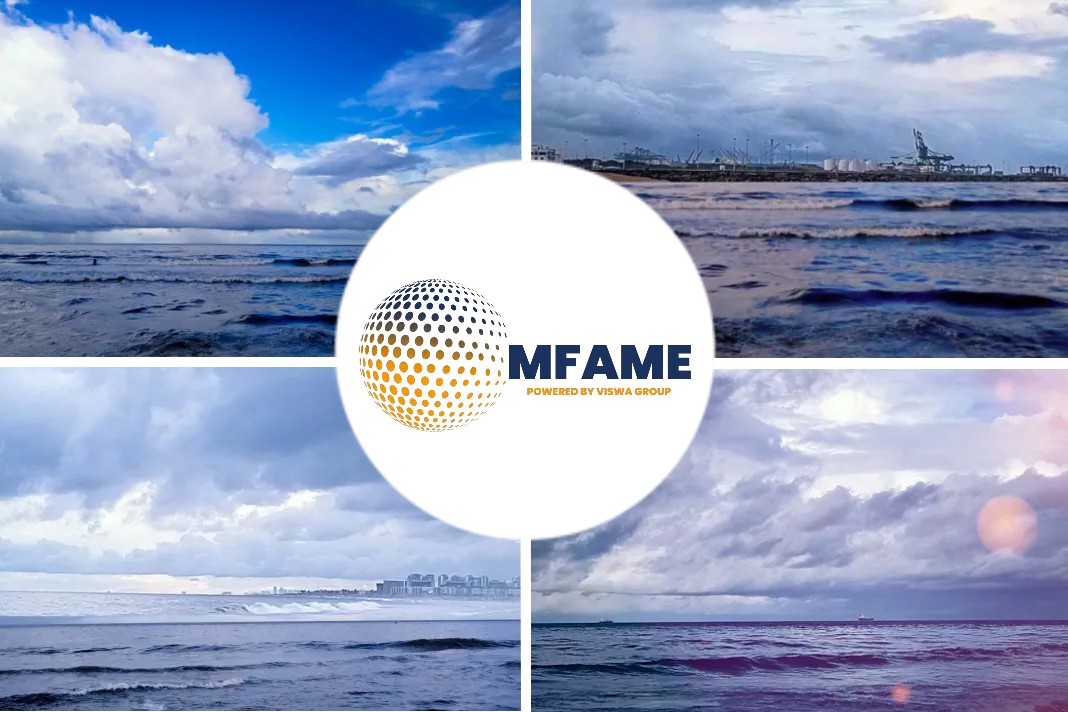- Sediment problems and sludge concerns grow at many ports.
- VPS issued seven bunker alerts relating to sediment issues within VLSFO fuels between december 24, 2019, and January 21, 2020.
- Over 8% of VLSFOs tested in 2019 exceed the 0.50% sulfur limit.
- Marine fuel 0.5%S premium fell 52.5% from a record-high $93.45/mt on January 10 to $44.38/mt on January 3.
- De-bunkering is likely to continue in March.
- March 1, 2020, the carriage ban takes effect.
Sediment related bunker fuel quality issues have grown at many ports, including Singapore, says an article published in Platts.
Operational challenges and higher bills
Many ports including Singapore are facing sediment related bunker fuel quality issues. This adds to shipowners’ concerns with operational challenges and higher bills due to the IMO’s new sulphur cap regulations.
Sediment issue bunker alerts
Veritas Petroleum Services
According to Platts, in a statement, Veritas Petroleum Services said that it had issued seven bunker alerts relating to sediment issues within VLSFO fuels between December 24, 2019, and January 21, 2020.
According to Steve Bee, VPS group commercial and business development director,
- High total sediment potential indicates the possibility long-chain asphaltenes could form a sludge, potentially blocking filters and pipework of the vessel.
- Over 8% of VLSFOs tested in 2019 exceed the 0.50% sulfur limit, noting there is still a compliance matter to be aware of.
Not just sediment issue
Recently sediment problems were observed in 6 major ports. To get more information please click here.
According to a ship owner, a lot of VLSFO hasn’t been burnt and consumed yet and it may not just be sediment issues but flash point too.
Quality issues remained subdued
The impact of recent bunker quality issues remained subdued on the price of the fuel due to weak market fundamentals with weak demand and the easing of tight barge avail schedules.
Marine fuel premium fall
Platts assessed Singapore-delivered marine fuel 0.5%S at $565/mt January 31, a 23.6% decrease from a record-high $740/mt on January 6.
The Singapore delivered marine fuel 0.5%S premium has fell 52.5% from a record-high $93.45/mt on January 10 to $44.38/mt on January 31.
How to limit fuel quality issues?
Sources in Singapore suggested that the bunker fuel quality issues worldwide could be limited by:
- shipowners and operators being more cautious,
- being very vigilant in the market,
- select reliable suppliers so fuel quality is assured,
- getting assurance from suppliers that they will adhere to the ISO 8217 requirements,
- testing of bunkers before using them and use of additives to enhance stability and storage handling, and
- time charterparties contracts should be clearly worded so there is no ambiguity with regards to
- bunker specifications,
- sampling procedures and
- cost sharing in the event of lost time due to inspections and de-bunkering.
Carriage ban the next point
Beth Bradell, a London-based partner with Hill Dickinson’s marine team, said in a statement that the spread of alerts concerning sediment suggests a potentially wider issue concerning the stability of some blended low-sulfur fuel.
Bradell said “Looking ahead, enforcement action and quality issues will remain live topics as the shipping industry adjusts to the sulfur cap. The next pinch point will be March 1, 2020, when the carriage ban takes effect.”
De-bunkering is likely to continue in March. “Owners have a little over a month in which to arrange to de-bunker high-sulfur fuel and would be best advised to start planning those operations (if not already in hand) now, so as to avoid the consequences of missing the deadline,” she added.
Did you subscribe to our daily newsletter?
It’s Free! Click here to Subscribe!
Source: Platts














